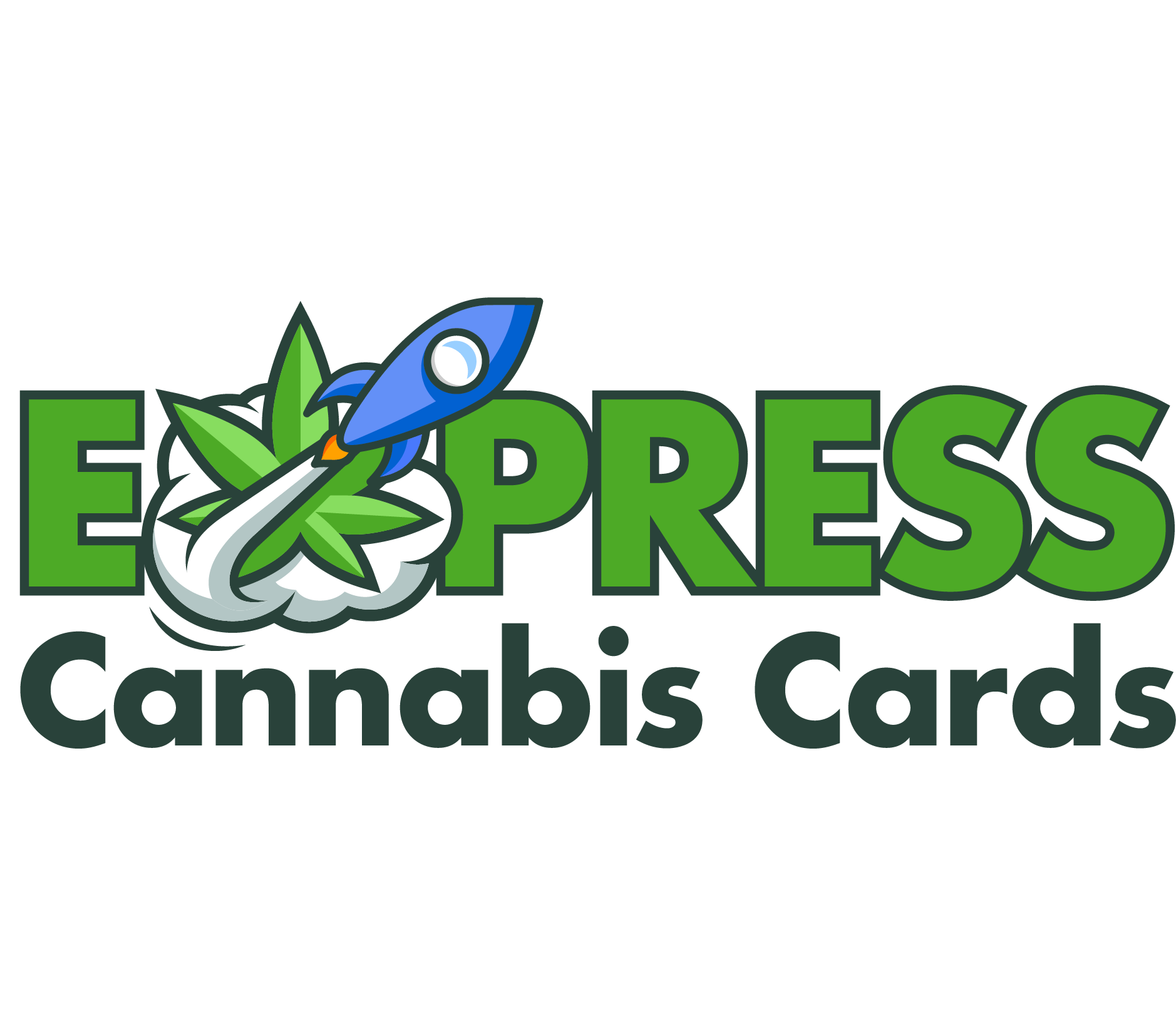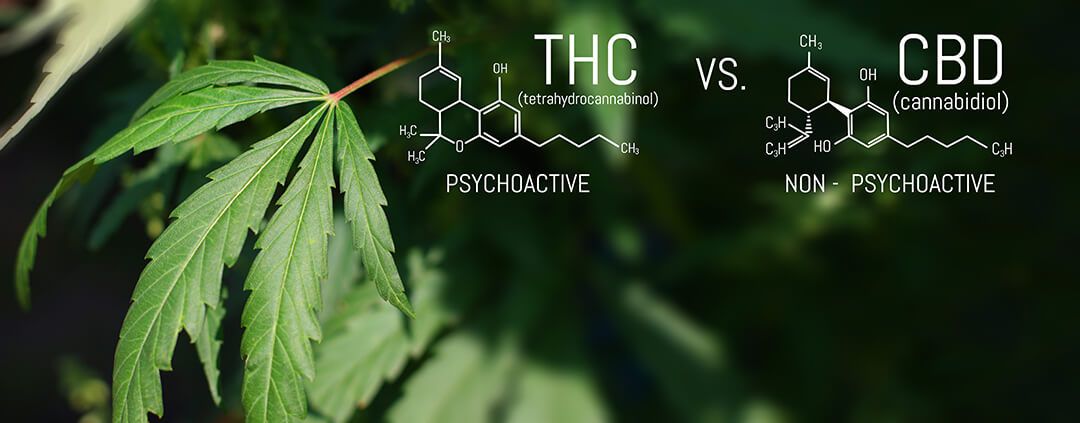Efforts to cap the amount of THC in cannabis flower and concentrates have gained momentum in state legislatures and even at the federal level. The concept of THC caps has its origin in Colorado, only 5 years ago, when prohibitionists tried to introduce a statewide initiative to limit THC potency to 15%. The initiative never made it to the ballot. In 2019 Sen. Mike Crapo (R-ID), as chairman of the US Senate banking committee, considered a 2% cap on THC products produced and sold by businesses that want secure financial services under the SAFE Banking Act. Crapo’s proposal would have excluded most cannabis products since almost all medical marijuana products that are effective have more than 2% THC. Crapo’s proposal was never enacted.
In a report released Wednesday (3/10/2021), The US Senate’s Caucus on International Narcotics Control recommended possibly placing THC limits on state legal marijuana products. The recommendation was spearheaded by two longtime opponents of cannabis legalization co-chairs of the caucus Sen. John Cornyn (R-TX) and Sen. Diane Feinstein (D-Ca).
In 2020 bills attempting to limit THC levels were introduced in several states including Florida, Arizona, Iowa, Colorado and Washington state. None of these efforts succeeded in part because the Corona virus pandemic forced early closure of many state legislatures.
Florida State Senator Ray Rodrigues (R-Ft. Myers) introduced a bill in 2020 to cap THC at 10%. It failed but Sen. Rodriques is reintroducing the bill this year and it seems that he is gathering support. On the other hand Florida Ag. Commissioner Nikki Fried, whose agency regulates hemp cultivation but not medical marijuana, feels that lawmakers should focus on improving the state’s medical marijuana program, decriminalizing marijuana and moving toward legalization for adult use.
The problem with imposing a cap on THC is that it won’t work. Most flower is in the 15% to 30% range. Edibles, tinctures, capsules, vap cartridges and concentrates are all far in excess of 2%. Vap cartridges are in the 65% to 85% range. RSO oil is even more potent. If a 10% cap is imposed, then patients would have to use two to three times as much product to get their previous therapeutic effect. Thus patients may be able to simulate their benefit but may end up paying two or three times as much to get the same THC effect. The cap is like imposing an alcohol limit on beer at 1%. A whole lot more beer could be consumed. Or perhaps there would be a shift to black market “moonshine beer.”
David G. Balter MD
Medical Marijuana Doctor


Recent Comments